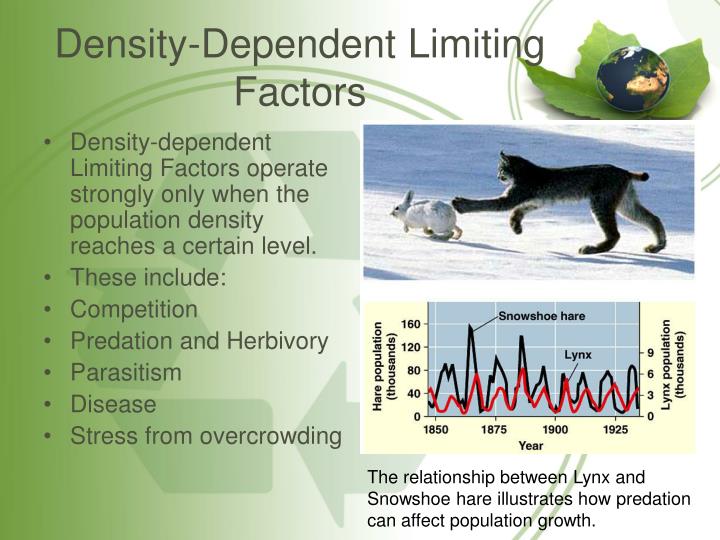
If predation is excessive, deer numbers, for example, may suffer.

Because these resources are only accessible for a short time, residents of a given ecosystem will compete, perhaps against other species of the same species (intraspecific competition), or against other groups of species (extraspecific competition) (interspecific competition).Īnother common symbiosis in the environment is the predator-prey interaction. The same may be said for nutrients, space, and partners. Due to the scarcity of food, organisms will begin to compete for it. The presence of these elements will have an impact on the environment’s carrying capacity.Īs the world’s population grows, so does the need for food. Food, water, habitat, and mate are all typical limiting variables in ecosystems. Carrying capacity is determined by limiting variables. The population will ultimately shrink if it exceeds this limit. As a result, population growth may continue until carrying capacity is reached. The carrying capacity of an ecosystem refers to the number of people it can support without causing harm or devastation to the organisms or the environment. This is referred to as the carrying capacity, or the environment’s maximum load. However, there will come a moment when the population outnumbers the environment’s capacity to support it. As a result, assuming environmental circumstances remain unchanged, the population is anticipated to increase. William Cumming Rose utilised this technique to determine the amino acids that were designated as necessary.Ī population will expand exponentially as long as the environment to which all people in that population are exposed remains constant, according to the law of population growth. When this concept is applied to other biological groups, it implies that growth occurs only in response to the most limiting constraint. This indicates that even if some nutrients in the soil are abundant, crop development will be limited or limited if other nutrients are limited or scarce. As a consequence, adding an excess of nutrients did not result in enhanced growth.Ĭonversely, adding limited nutrients, which is the limiting factor in this situation, resulted in enhanced crop growth. This was determined by observing crop growth. In biology and ecology, this indicates that the variables that are scarcest limit the expansion of a population, not the factors that are numerous. This rule asserts that rather than the total resources available, a limiting factor, i.e., the scarcest resource, controls growth.

Carl Sprengel created the law of the minimum, which was subsequently popularised by Justus von Liebig.


 0 kommentar(er)
0 kommentar(er)
